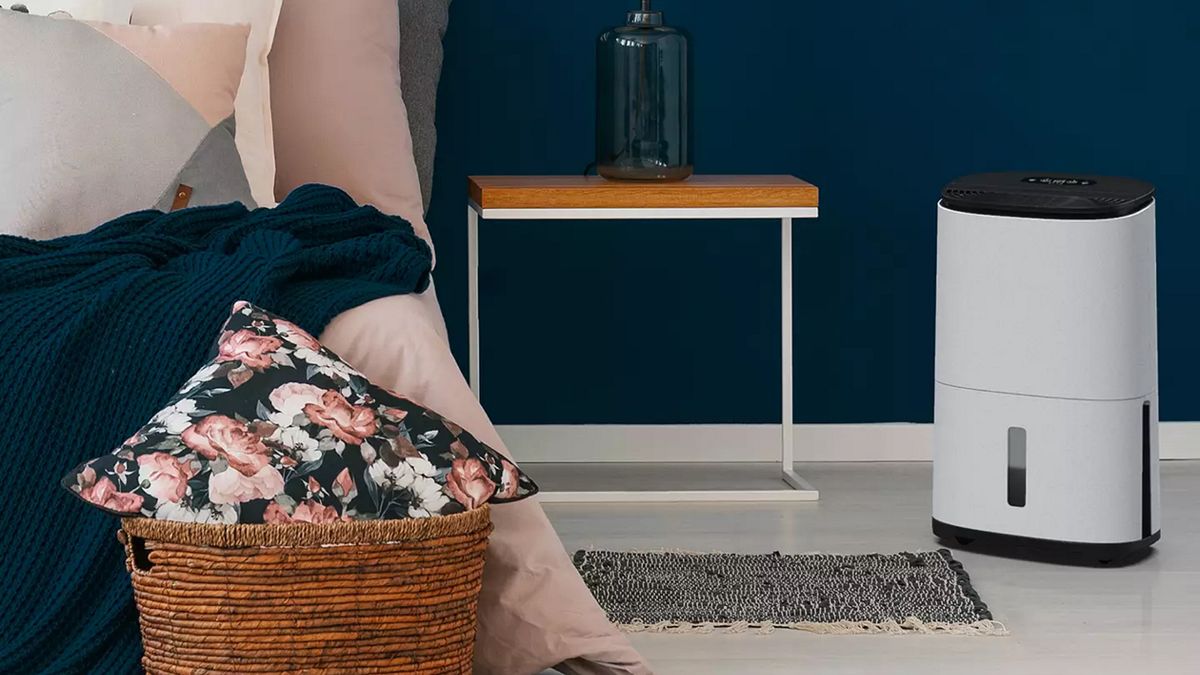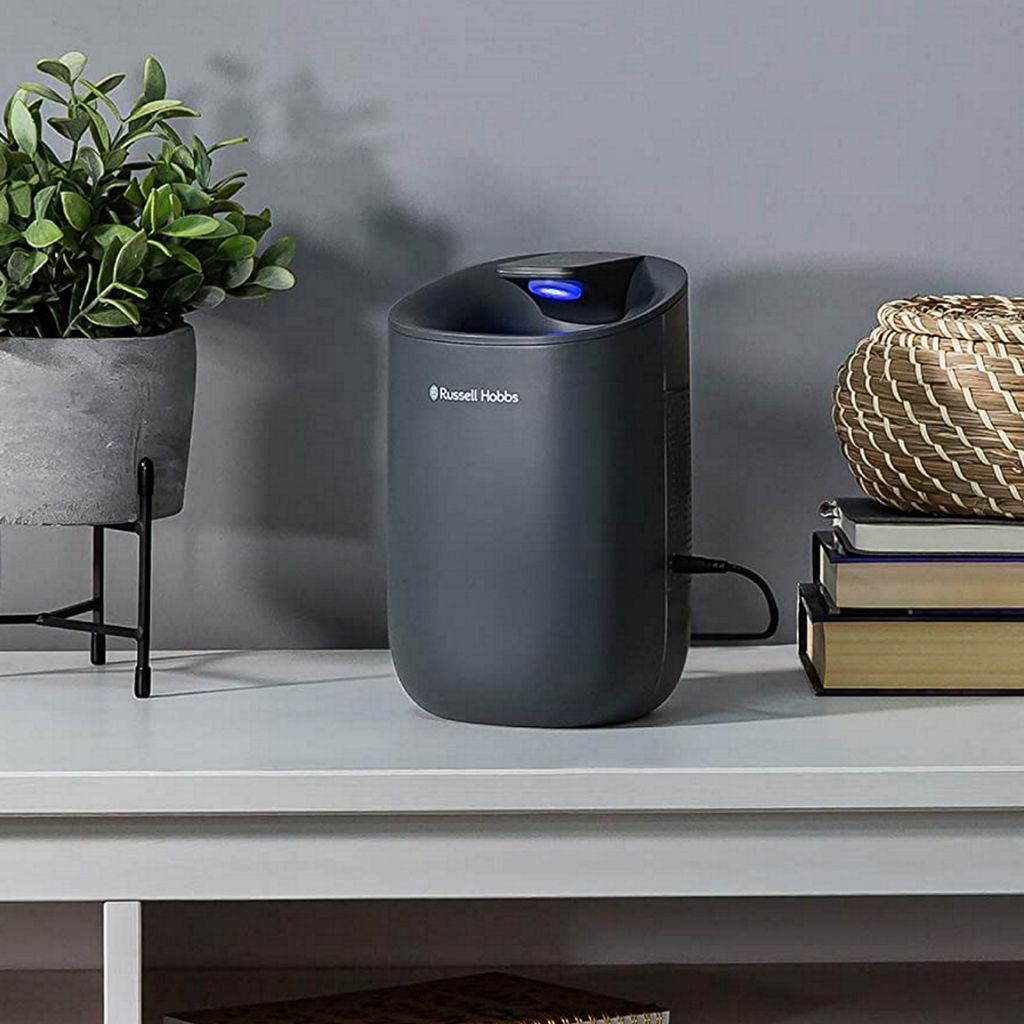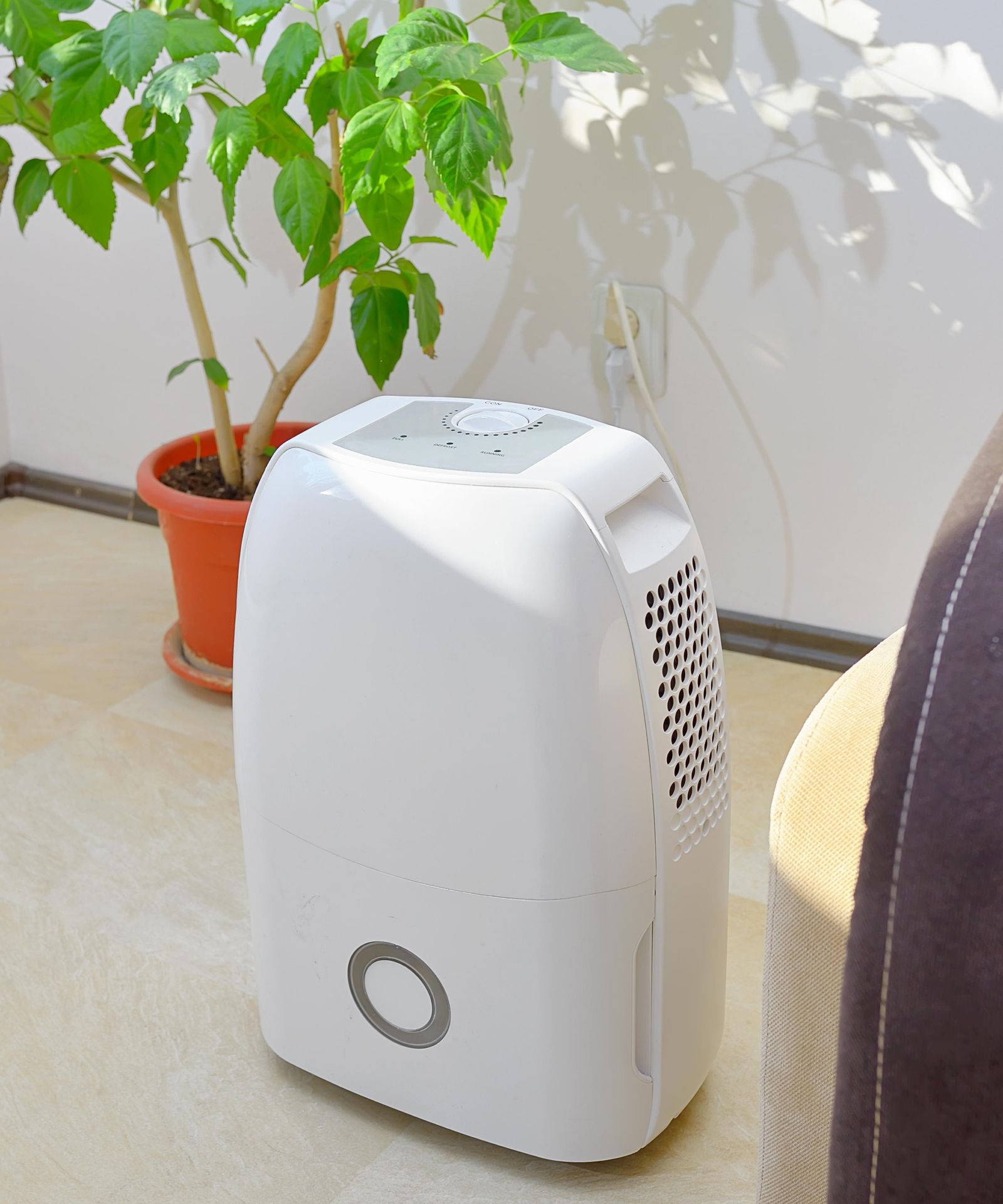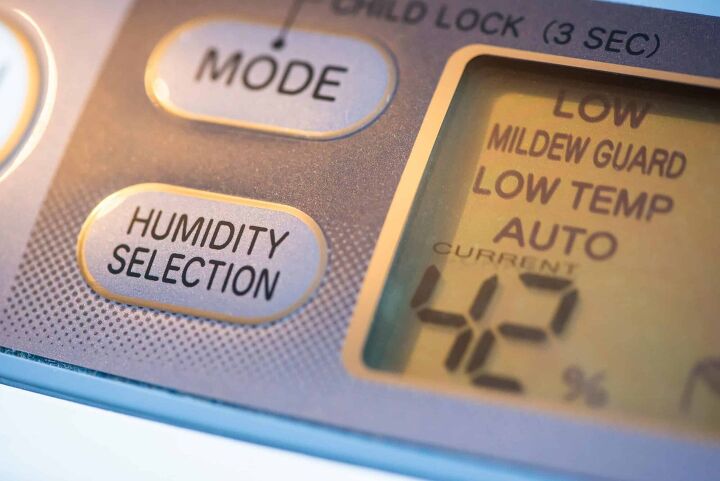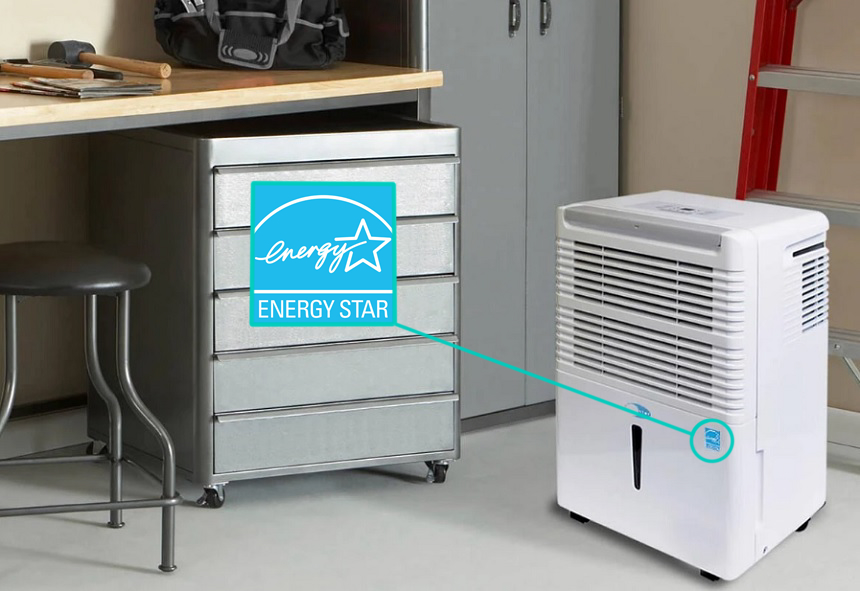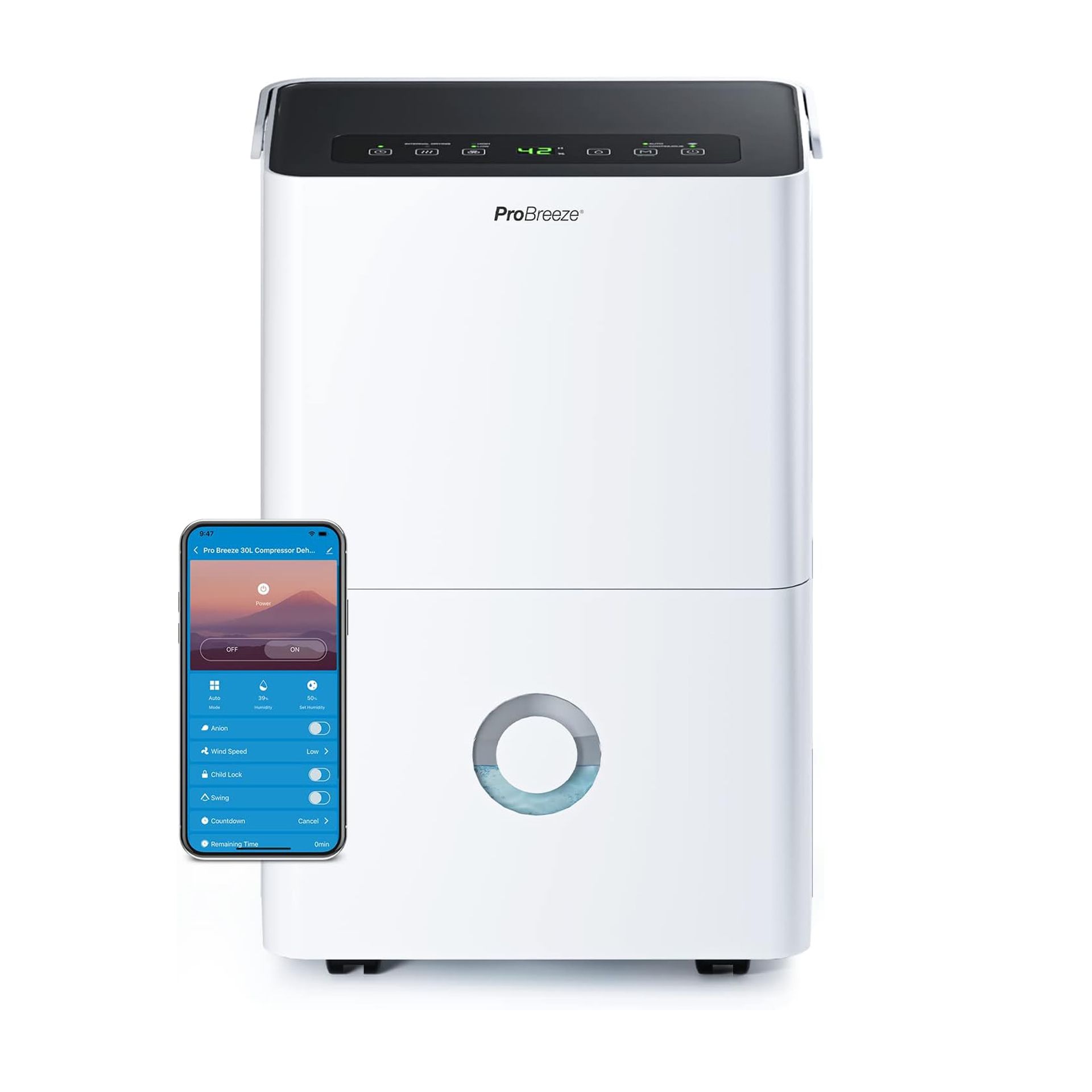How Much Does A Dehumidifier Cost To Run Per Month
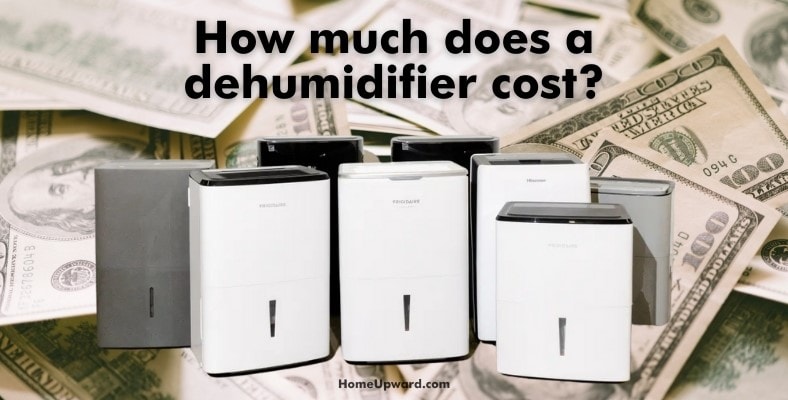
For homeowners battling excess moisture, dehumidifiers are a crucial appliance. But while they offer relief from mold, mildew, and dampness, a pressing question lingers: How much will it cost to run one each month? Understanding the energy consumption and associated expenses is vital for budgeting and making informed decisions.
This article breaks down the factors influencing dehumidifier operating costs, examines average usage scenarios, and offers insights into minimizing energy consumption. We aim to provide a comprehensive overview to help readers understand and manage the financial implications of using a dehumidifier.
Understanding the Energy Consumption
The primary factors determining a dehumidifier's running cost are its wattage, the electricity rate in your area, and the amount of time it's running. Wattage, a measure of electrical power, indicates how much energy the dehumidifier consumes per hour. Higher wattage units will naturally draw more power and cost more to operate.
Electricity rates, measured in cents per kilowatt-hour (kWh), vary significantly depending on your location and energy provider. Local rates play a critical role in determining the final cost. The length of time a dehumidifier runs each day or month directly impacts the overall energy consumption, with longer run times leading to higher expenses.
Calculating the Cost: A Step-by-Step Approach
To estimate your dehumidifier's monthly running cost, follow these steps. First, determine the dehumidifier's wattage. This information is usually found on a sticker or label on the appliance itself, or in the owner's manual.
Next, find your local electricity rate. You can typically find this on your electricity bill or on your energy provider's website. Once you have both values, you can calculate the daily and monthly costs.
The formula is: (Wattage / 1000) x Hours of Operation x Electricity Rate = Daily Cost. Multiply the daily cost by the number of days in a month to get the approximate monthly cost.
For example, a 300-watt dehumidifier running for 8 hours a day at an electricity rate of $0.15 per kWh would cost approximately $10.80 per month: (300/1000) x 8 x 0.15 x 30 = $10.80.
Average Dehumidifier Running Costs
Dehumidifiers come in various sizes, each suited for different room sizes and humidity levels. Smaller dehumidifiers, designed for small rooms or closets, typically have lower wattage, ranging from 100 to 250 watts.
Medium-sized dehumidifiers, suitable for bedrooms or basements, usually range from 250 to 400 watts. Larger, whole-house dehumidifiers, capable of handling larger areas, can range from 400 watts and up.
According to the Environmental Protection Agency (EPA), an Energy Star certified dehumidifier uses about 15% less energy than a standard model. This can result in significant savings over time.
Based on averages, running a medium-sized dehumidifier (300 watts) for 8 hours a day at a national average electricity rate of $0.14 per kWh would cost approximately $10.08 per month. This provides a benchmark, but remember your actual costs can fluctuate.
Factors Affecting Energy Consumption
Several factors can influence how much energy your dehumidifier consumes. The most significant is the ambient humidity level. In highly humid environments, the dehumidifier will need to work harder and longer, resulting in higher energy consumption.
The size of the room also plays a role. Using a dehumidifier that is too small for the space will force it to run constantly, increasing energy costs. Conversely, using a dehumidifier that is too large might lead to inconsistent humidity levels and unnecessary energy use.
Proper maintenance is also crucial. Dirty filters can restrict airflow, making the dehumidifier work harder and consume more energy. Regularly cleaning the filters ensures optimal performance and energy efficiency.
Tips for Minimizing Dehumidifier Costs
There are several ways to reduce your dehumidifier's operating costs. Investing in an Energy Star certified model is a great starting point. These units are designed to be more energy-efficient and can save you money in the long run.
Utilize the dehumidifier's features effectively. Most dehumidifiers have a humidistat, which allows you to set the desired humidity level. Once the setpoint is reached, the dehumidifier will automatically shut off, conserving energy.
Consider using the dehumidifier only when necessary. During drier periods, you may not need to run it as often, if at all. Regularly monitor the humidity levels in your home and adjust usage accordingly. Furthermore, ensure your home is properly sealed to prevent excessive moisture intrusion.
Properly sealing windows and doors can significantly reduce humidity levels and alleviate the need for constant dehumidifier operation. Run the dehumidifier during off-peak hours, some energy providers offer cheaper electricity rates during certain times of the day.
By understanding the factors that influence dehumidifier energy consumption and implementing these cost-saving measures, homeowners can effectively manage their energy bills while maintaining a comfortable and healthy living environment. Regular monitoring and proactive adjustments will ensure optimal performance and minimized expenses.
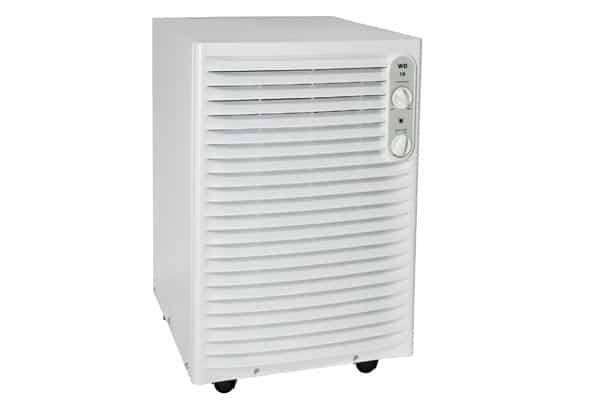

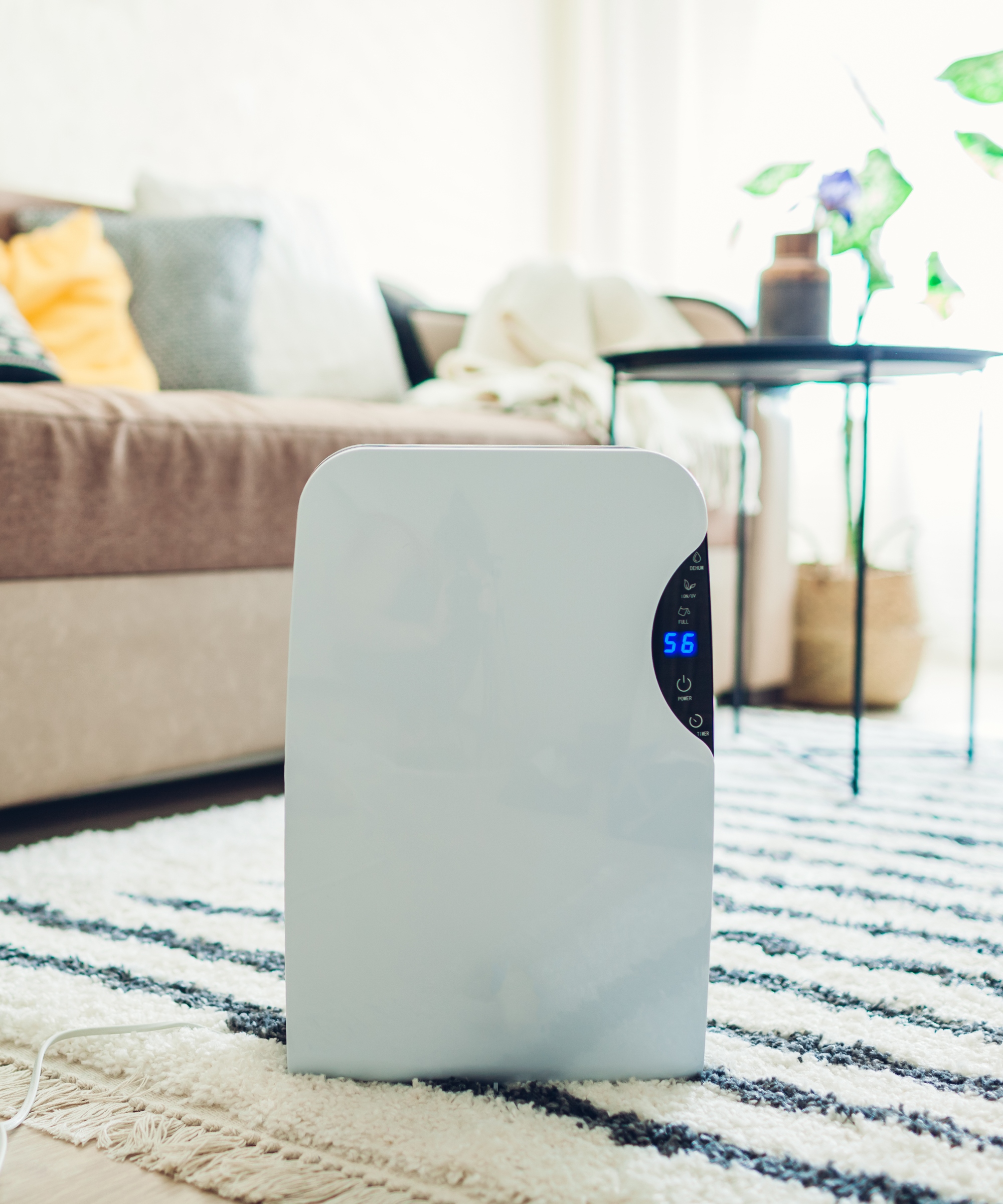
![How Much Does A Dehumidifier Cost To Run Per Month Cost To Run A Dehumidifier [573 Studied + 9 $$ Saving Tips]](https://ecocostsavings.com/wp-content/uploads/2021/10/cost-to-run-a-dehumidifier.jpg)


